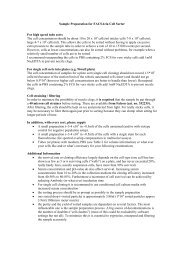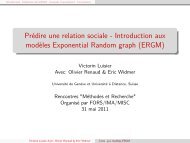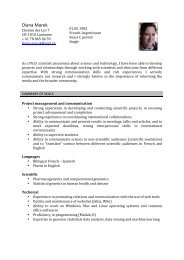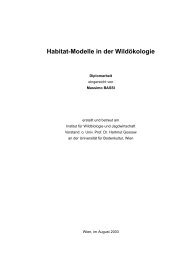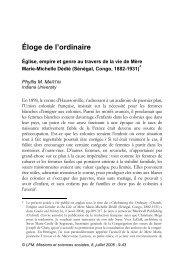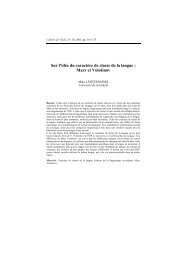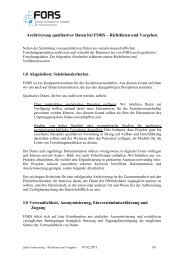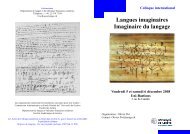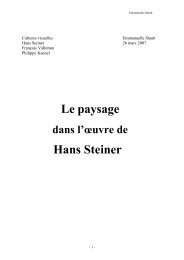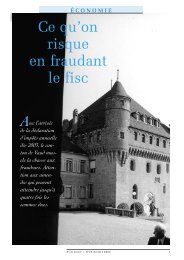conference programme book - European Survey Research ...
conference programme book - European Survey Research ...
conference programme book - European Survey Research ...
You also want an ePaper? Increase the reach of your titles
YUMPU automatically turns print PDFs into web optimized ePapers that Google loves.
150 THURSDAY 21 JULYinformaon on all household members. In contrast to cross-seconal surveys, panel data make it possible toimpute missing values based on longitudinal informaon on the very same observaon units at different pointsin me, although at the cost of a more complex data design.3.31 Challenges in Educaonal <strong>Survey</strong>s IITo be held on July 21, 2011 from: 14:00 to 15:30, in room 315.1.Coordinated by:• Hans Kiesl - University of Applied Sciences Regensburg, Germany• Alina Matei - Instute of Stascs, University of Neuchatel; Instute of Pedagogical <strong>Research</strong> and Documentao,Switzerland• Leyla Mohadjer - Westat, United States3.31.1 Simulaon based determinaon of first stage’s sample size using mulstage sampling in educaonalsurveysH. Steinhauer 11 Naonal Educaonal Panel Study (NEPS), GermanyIn educaonal research, students in classes within schools are oen sampled via mulstage sampling respectingthe hierarchical structure of the educaonal system. In Germany class size strongly varies between differentschool types as well as between schools. Since students are located at the ulmate stage and there’s a fixednumber of clusters sampled, the resulng sample size of ulmate stage’s units is not under control. Besidesthat, nonresponse is a severe problem to most voluntary surveys and makes it difficult to determine the firststages sample size, when organizaonal or financial restricons are given.3.31.2 How to use the sampling weights in esmang of Item Parameters in Educaonal <strong>Survey</strong>sA. Uzaheta 1 , V. Cervantes 21 Colombian Instute for Educaonal Evaluaon (ICFES), Colombia; 2 Colombian Instute for Educaonal Evaluaon, ColombiaOne of the most important goals in educaonal surveys is measuring students’ proficiency and skills. Educaonalsurveys are usually carried out by applying a test to a sample of students in order to esmate theirability and the items’ parameters through an Item Response Theory model. These surveys are usually usedwith complex sampling designs to select the students. This way of selecon has associated a sampling weightfor each student, which is an important role in the item parameter and standard error esmaon. However,there has been some concern about the proper use of sampling weights in this context (e.g. Cyr, A.& Davies, 2005) and there is not large enough literature with descripon on how to incorporate the weightsin the item parameter esmaon...3.31.3 Item Nonresponse in Group Administered Quesonnaire with pupils/studentsM. Jelonek 1 , A. Szczucka 21 Cracow Uniwersity of Economics, Poland; 2 Jagiellonian University, PolandItem nonresponse is a problem to the extent that it biases significantly results of survey. Unfortunately, lilehas been published on the subject of item nonresponse in a specific field - pupil/students research. However,its prevalence makes it essenal that researchers be familiar with the purposes of item nonresponses and withits implicaons.In my presentaon I analyze the effect of item and person characteriscs on item nonresponse for wrienquesonnaire (the group administered quesonnaire) used comparavely with students and pupil. I disnguishinteracons between item and personal characteriscs and propose specific approach to examine incompletedata.



